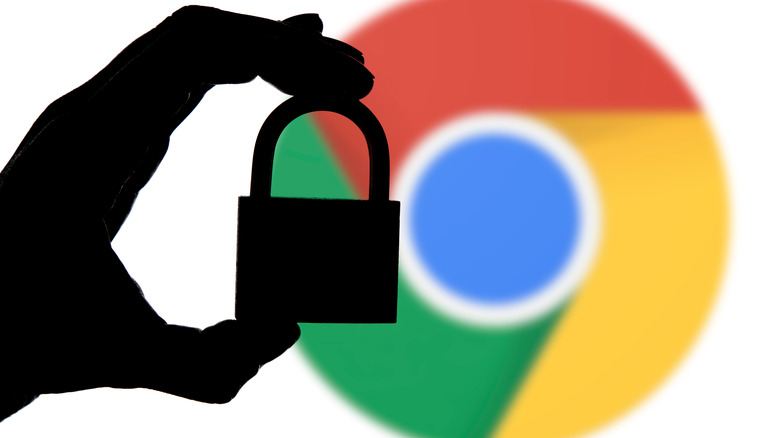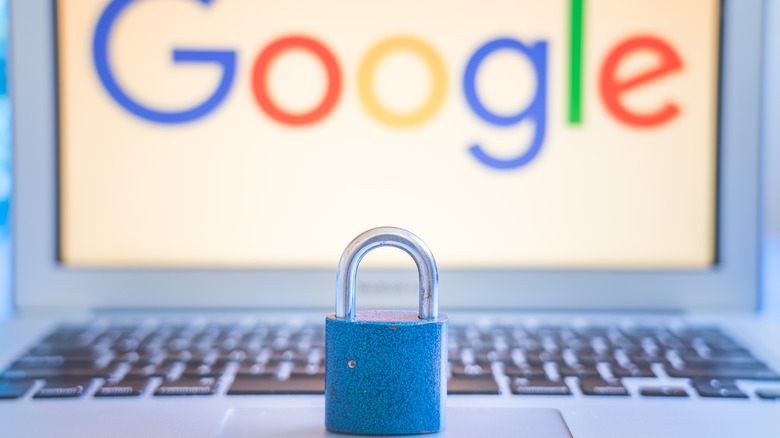Why Google Chrome Is Replacing Its Unnecessary Lock Icon
Some Internet users are happy to enable their online security of choice and merrily trundle on around the web, trusting that the programs running in the background are keeping them safe from harm. For the most part, of course, they do.
It can be important, however, to develop a deeper understanding of what certain security software is doing and how it works. One notable security aspect that has many Google Chrome users confused is the tiny lock icon that appears next to most URLs in the browser bar. Despite the sheer number of Google Chrome users around the world – reports in 2023 stated that 3.2 billion people use it as their main browser — it seems that many don't understand what the lock icon signifies.
This seemingly reassuring little icon has been causing so much confusion among Chrome's legions of users that it's set to be replaced. Here's a closer look at the confusion, the true meaning of the lock symbol, and what will be taking its place in the browser. It's just one of many Chrome features that are due for a change.
The past, present and future of the Google lock icon
Providers understand that consumers in the market for antivirus and cybersecurity software want to be reassured of the robustness of the software they purchase. This is why promotional materials from companies in that particular niche have a tendency to feature imagery of locks and shields. It stands to reason, then, that a browser's lock icon would be taken to mean that the site concerned was protected. However, it's not quite as simple as that.
HTTPS, or Hypertext Transfer Protocol Secure, differs from HTTP in that it encrypts vital information communicated with or through a given website. The former was once an exception for specific sites where security was paramount (Netscape introduced SSL 2.0 in February 1995), and Google Chrome's lock icon is a remnant from that time. HTTPS has been widely adopted now, and while it's important to know it's there, it's more important to be warned by Chrome when a site doesn't have it rather than to receive an indication when it does.
In May 2023, Google's Transparency Report noted that 97% of its traffic was HTTPS encrypted, meaning that the lock icon has become largely redundant. As such, a May 2023 Chromium Blog post reported that Chrome 117 would replace the lock icon with "a new 'tune' icon — both to emphasize that security should be the default state, and to make site settings more accessible."

